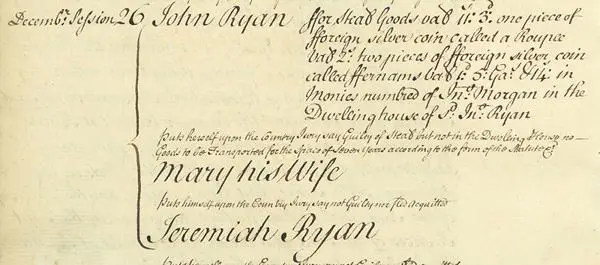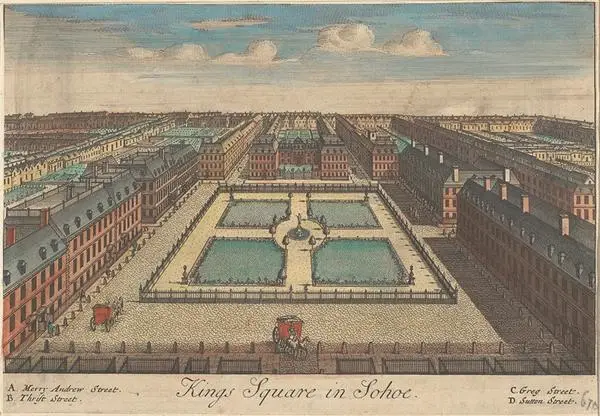Unforgotten Lives - John Morgan
We encounter John Morgan in the court records for the Old Bailey on 27 February 1765. He has been robbed and appears in court to give evidence. John tells the court that he is a Muslim, though he does not provide his Muslim name. The name John Morgan has either been given to him or he has adopted it for ease of communication in England. The trial has been postponed for two months so that the court officials can find a Qur’an for John to swear on before giving testimony. It shows that there was a level of awareness and understanding of Islam in Georgian London and that copies of the Qur’an were available in London.
John Morgan tells us: “I was born at Bengal. I have come here twice before, with Indiamen [East India Company ships]; and have been in England this time about seven months. I came over with a tyger for Sir George Pigot, who was governor of Madrass, and attend upon it for him now”

John continues to explain to the court that on 30 October 1764 he went to visit a friend in Rosemary Lane, Whitechapel with a fellow servant (also a Muslim but who remains unnamed). The area around Rosemary Lane was known as Rag Fair and it was an area where South Asian sailors lodged while waiting for return passage, so the possibility here is that John is visiting a fellow Indian. It becomes late and the two men must find lodgings. During the night Morgan is robbed and attacked by John and Mary Ryan, the owners of the lodging house. He finds a constable, reports the crime and the Ryans are arrested in the Ship public house in Well Street.
The entry in the sessions book records that amongst the items stolen from John Morgan is “one piece of foreign silver coin called a roupee”. The constable alludes to John’s dress when he tells the court that he wore a “sash (which the Lascar calls his silk purse; it ties round him, and in which he ties up his money)”. The Ryans are convicted and sentenced to transportation for seven years.

John is described in court as a ‘Lascar’, a term for sailors working on East India Company ships but John's testimony makes clear that he was in fact a servant, living in Sir George Pigot’s house at 26 Soho Square. It indicates that the term Lascar was being used loosely in this period to denote people from India. This print of Soho Square, formerly called Kings Square, shows that it was a grand, fashionable and exclusive area.
Unusually, in this case we can put a face to the name because John Morgan is almost certainly one of the men depicted in the painting A Cheetah and a Stag with Two Indian Attendants by George Stubbs from 1765. This painting was commissioned by Sir George Pigot to depict the cheetah he had brought from India and there is a very strong possibility that the two handlers depicted were his servants.